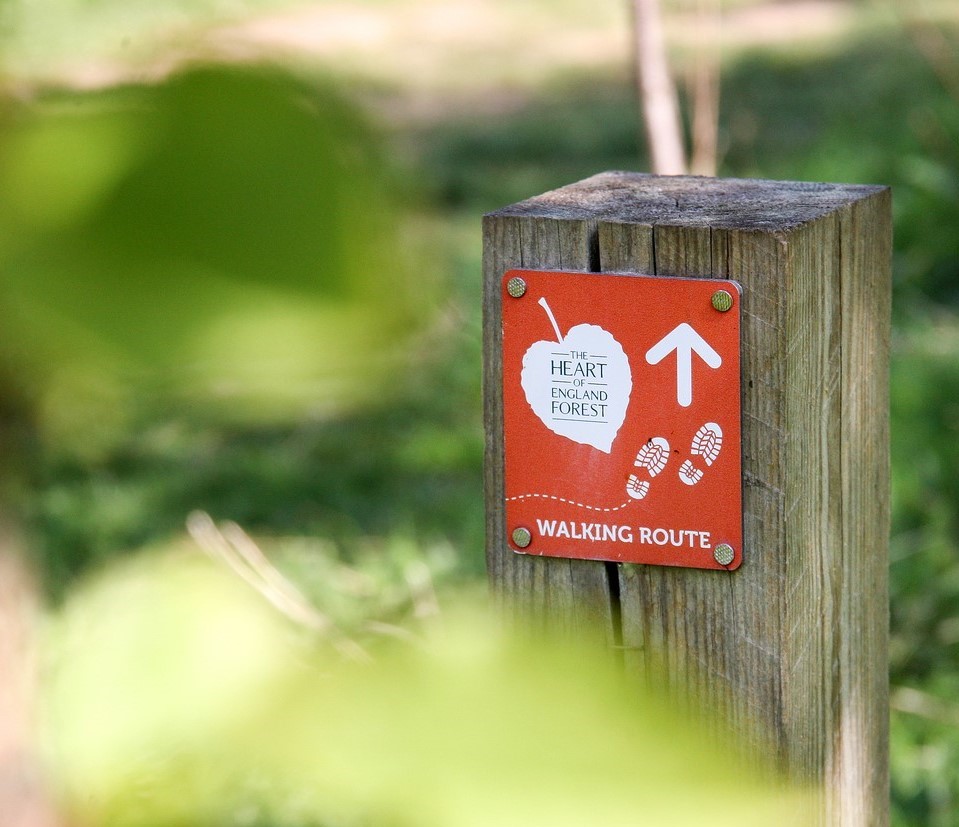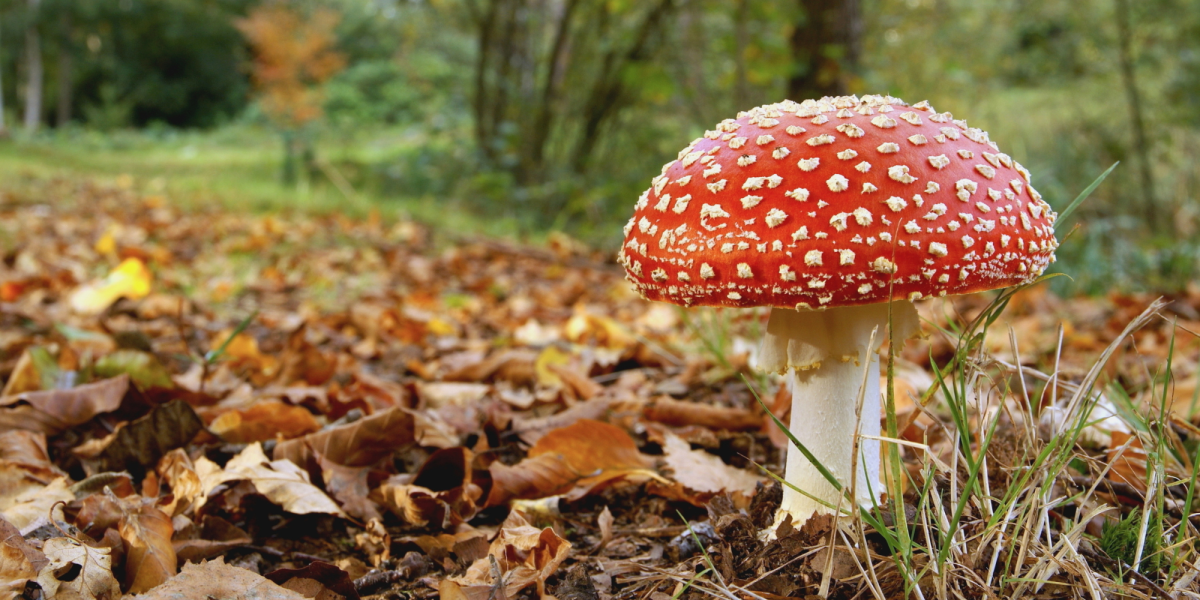
10 poisonous plants in the Forest
The Forest is a place of enduring natural beauty, but you may come across plants that are striking but potentially dangerous on your woodland walks. Visitor safety is of utmost importance, which is why we have compiled a list of 10 poisonous plants commonly found in the Forest that you should be cautious of during your visit.
1. Fly agaric (Amanita muscaria)
This unmistakeable fruiting fungi has a bright red-orange cap with wart-like white spots, white gills, and a white stalk. It grows to around 20cm in diameter and 30cm tall and can be seen from early to late autumn among pine and birch trees. Fly agaric contains muscimol and ibotenic acid, which attracts and kills flies – hence its name. It is highly toxic and can cause hallucinations, delirium, and in rare cases, seizures or coma. Although severe poisoning is rare, ingestion should be avoided at all costs.
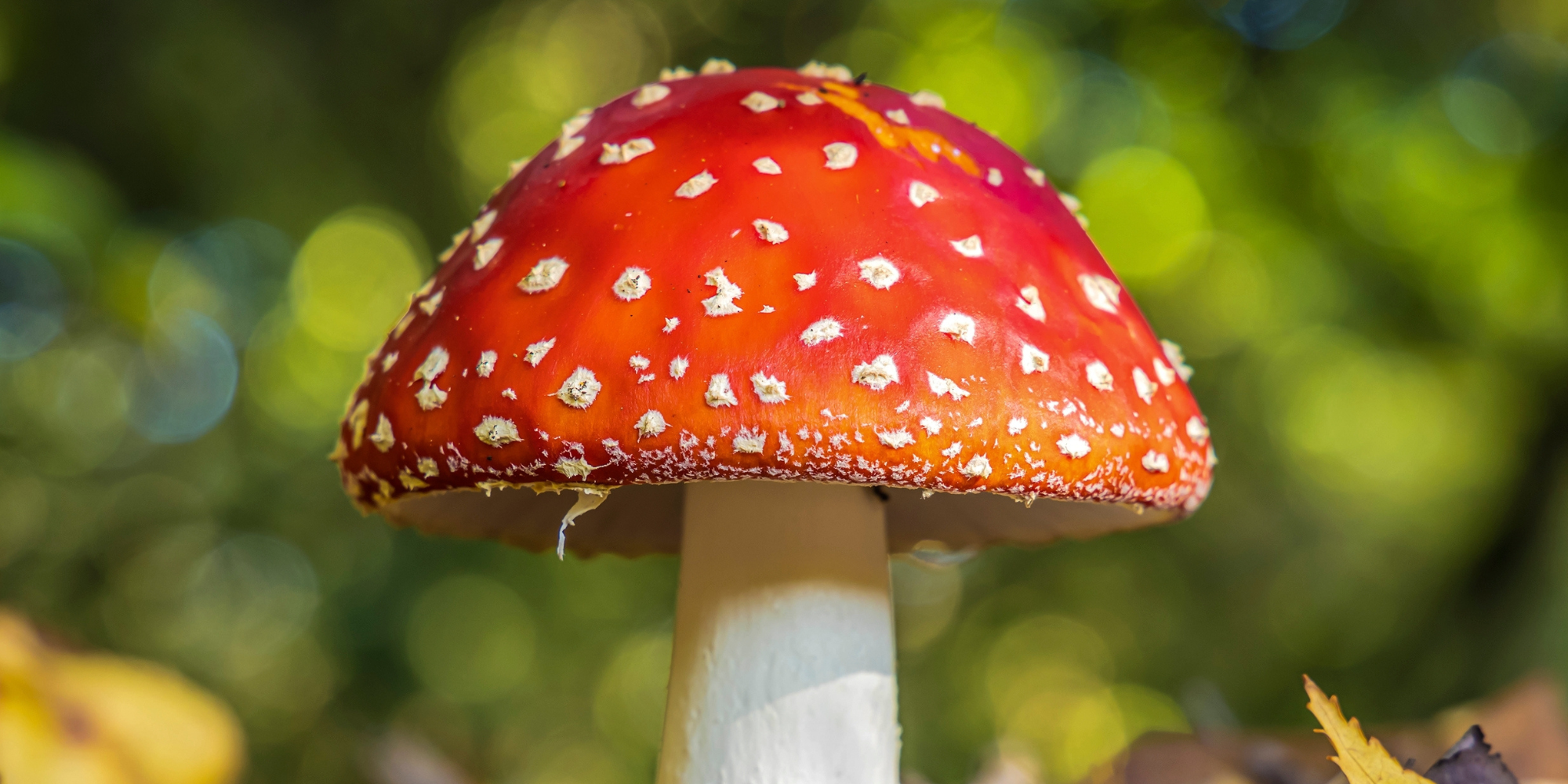
2. Sulphur tuft (Hypholoma fasciculare)
This poisonous fungus is easy to spot due to its bright colouring. Its domed caps become flatter with age and are a yellow colour with reddish-brown centres. Its young gills are also yellow, turning to a pale green-brown with age. It grows to around 6cm across and 10cm tall and can be seen anytime from spring to autumn. It grows in large clumps on the rotting wood of most broadleaf trees. Ingesting these mushrooms can cause gastrointestinal distress, including vomiting and diarrhoea. In extreme cases, it can also cause temporary paralysis and convulsions.
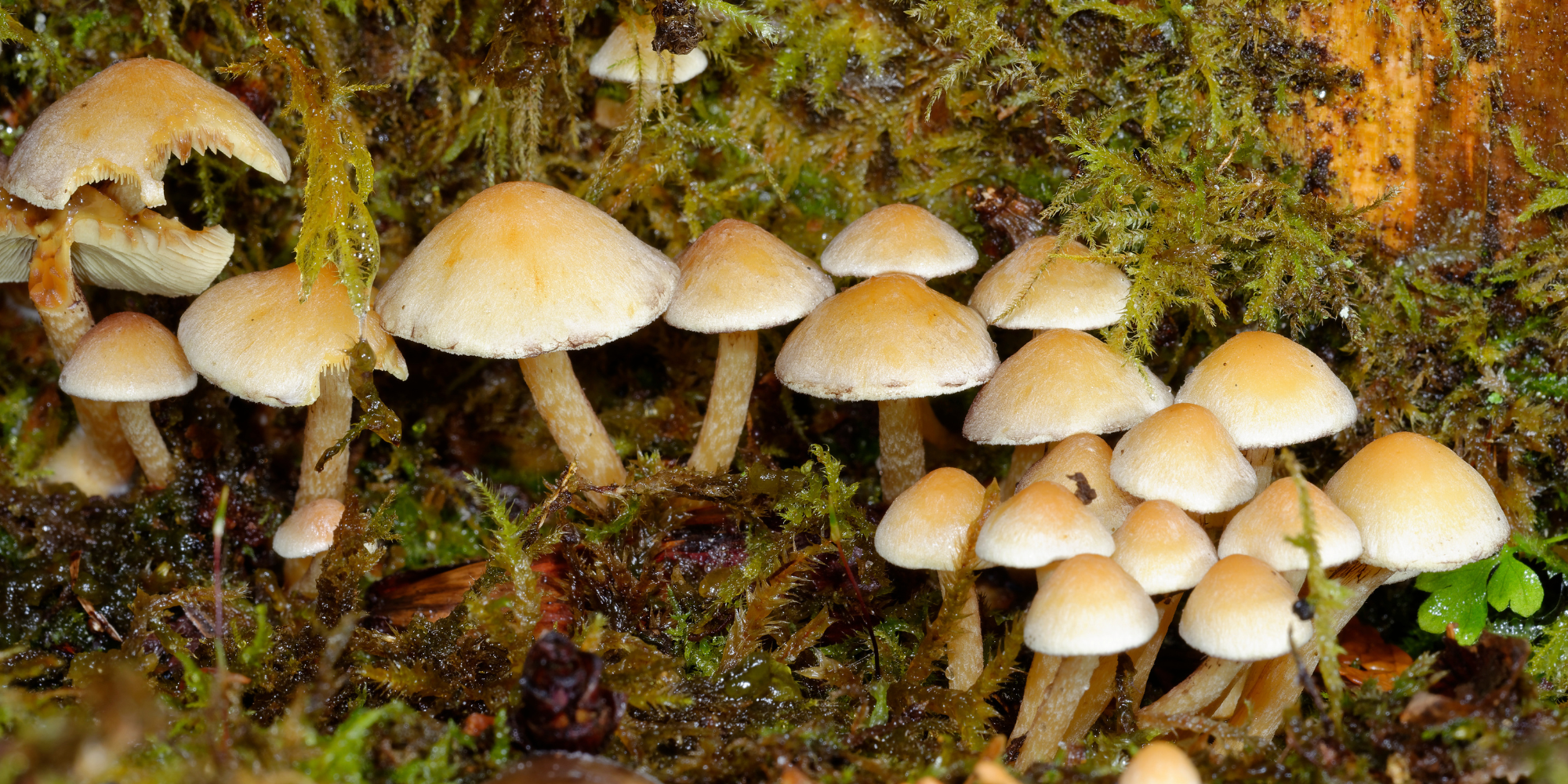
3. Lords-and-ladies (Arum maculatum)
Lords-and-ladies is an early flowering plant, blooming in April and May. It grows up to 50cm in height and can be found in shady areas of woodland and hedgerows. It has a pale green sheath that surrounds its tiny flowers and has a fleshy stem. In the autumn it grows an upright stalk of bright red-orange berries, which really stand out across the Forest floor. If ingested, it causes a burning sensation in the mouth and leads to swelling of the throat which can cause asphyxiation in severe cases.
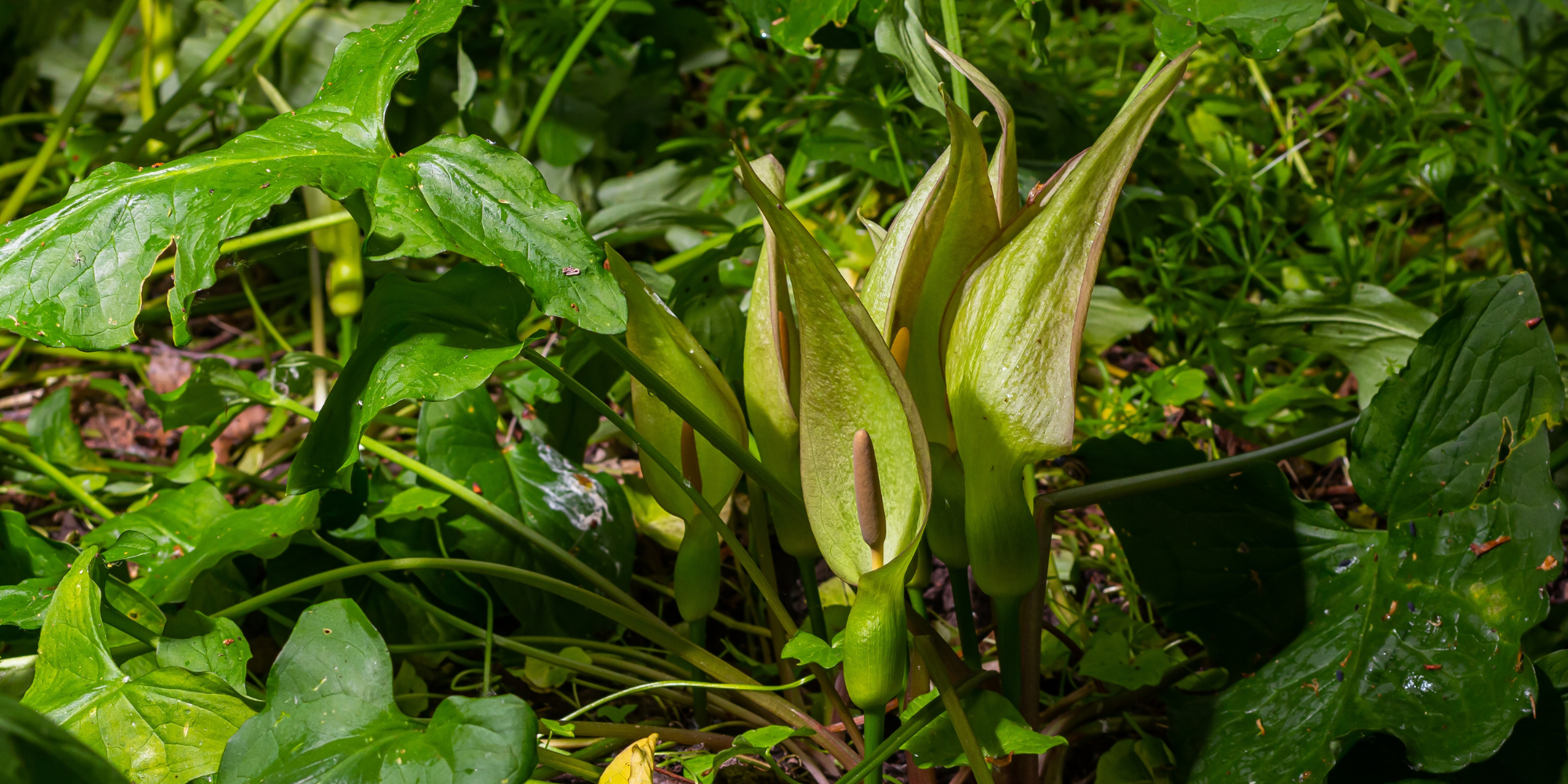
4. Hemlock (Conium maculatum)
Hemlock grows up to two metres in height. The leaves are fine and look similar to ferns and has umbrella-like white flowers, which appear in dome shaped rounded clumps in summer. The stems have distinctive purple blotches. All parts of the plant are toxic, especially the seeds. Ingesting any part of the plant can be fatal. The alkaloids in hemlock can affect the nerves in the muscles causing respiratory failure. Touching it can lead to severe skin irritation, and inhaling air near mowed hemlock can cause respiratory irritation.

5. Spurge-laurel (Daphne laureola)
Spurge-laurel grows up to 1.5 metres in height. It has dark green, shiny, narrow leaves that are clustered at the top of each stem. Its flowers are clusters of four-lobed, small, yellow-green in colour. The stem is woody and light brown. All parts of this plant are toxic. If ingested, a burning reaction can occur in and around the mouth and throat and can lead to abdominal pains, vomiting, convulsions, and even coma and death in severe cases. Touching spurge-laurel sap can also cause a severe rash and irritation in some people.
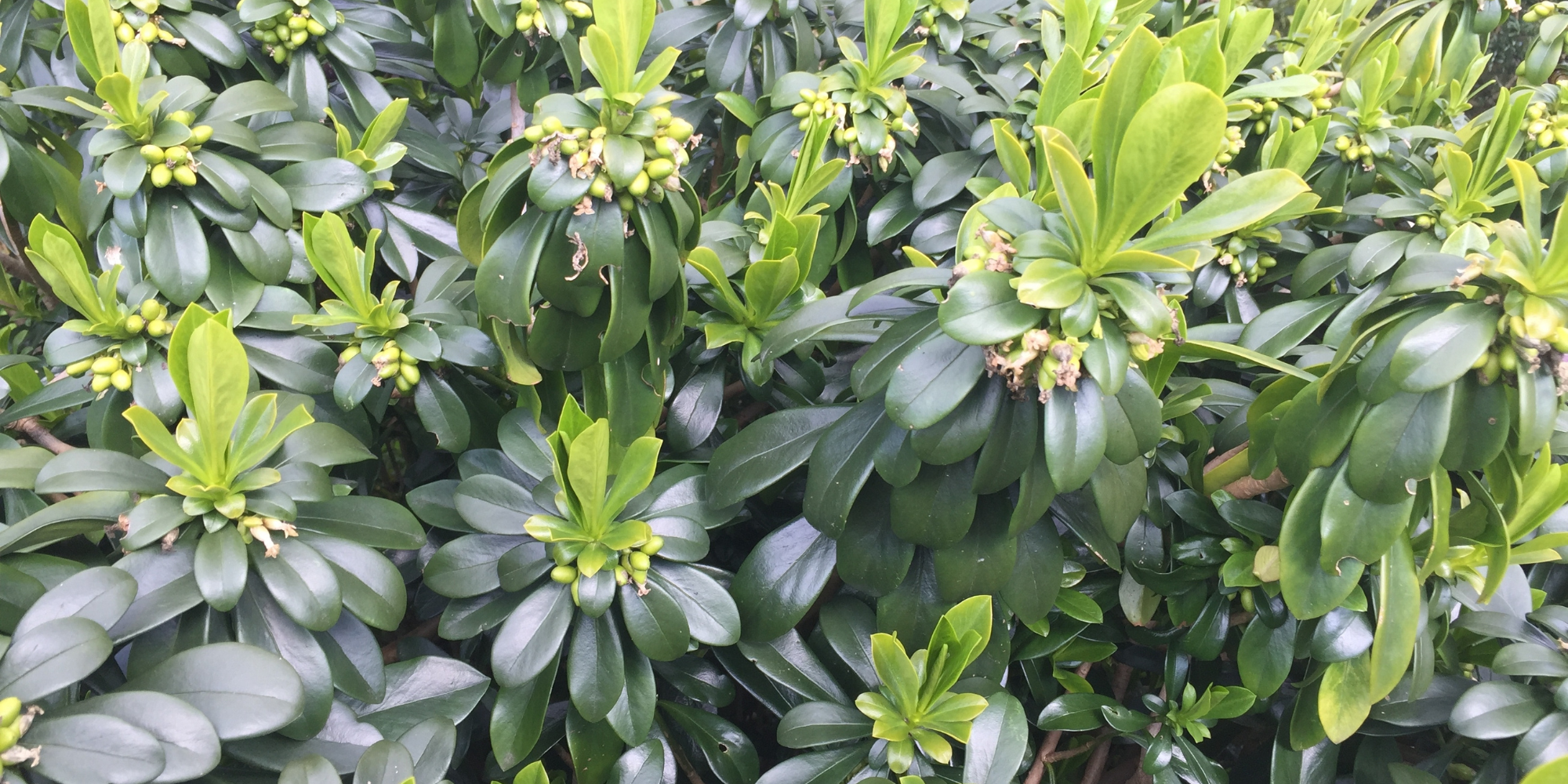
6. Bittersweet (Solanum dulcamara)
Bittersweet belongs to the nightshade family, and although is one of the lesser toxic plants of this family, its berries are still poisonous. It can grow up to 1.5m in height and can be found in hedgerows. Bittersweet has oval, pointed leaves that are yellow-green in colour and purple flowers with contrasting yellow stamens that appear from May to September. In the autumn it develops clusters of bright red berries. Its leaves and berries are both harmful, and if ingested can cause nausea, vomiting, diarrhoea, convulsions, slowed breathing, and even death.
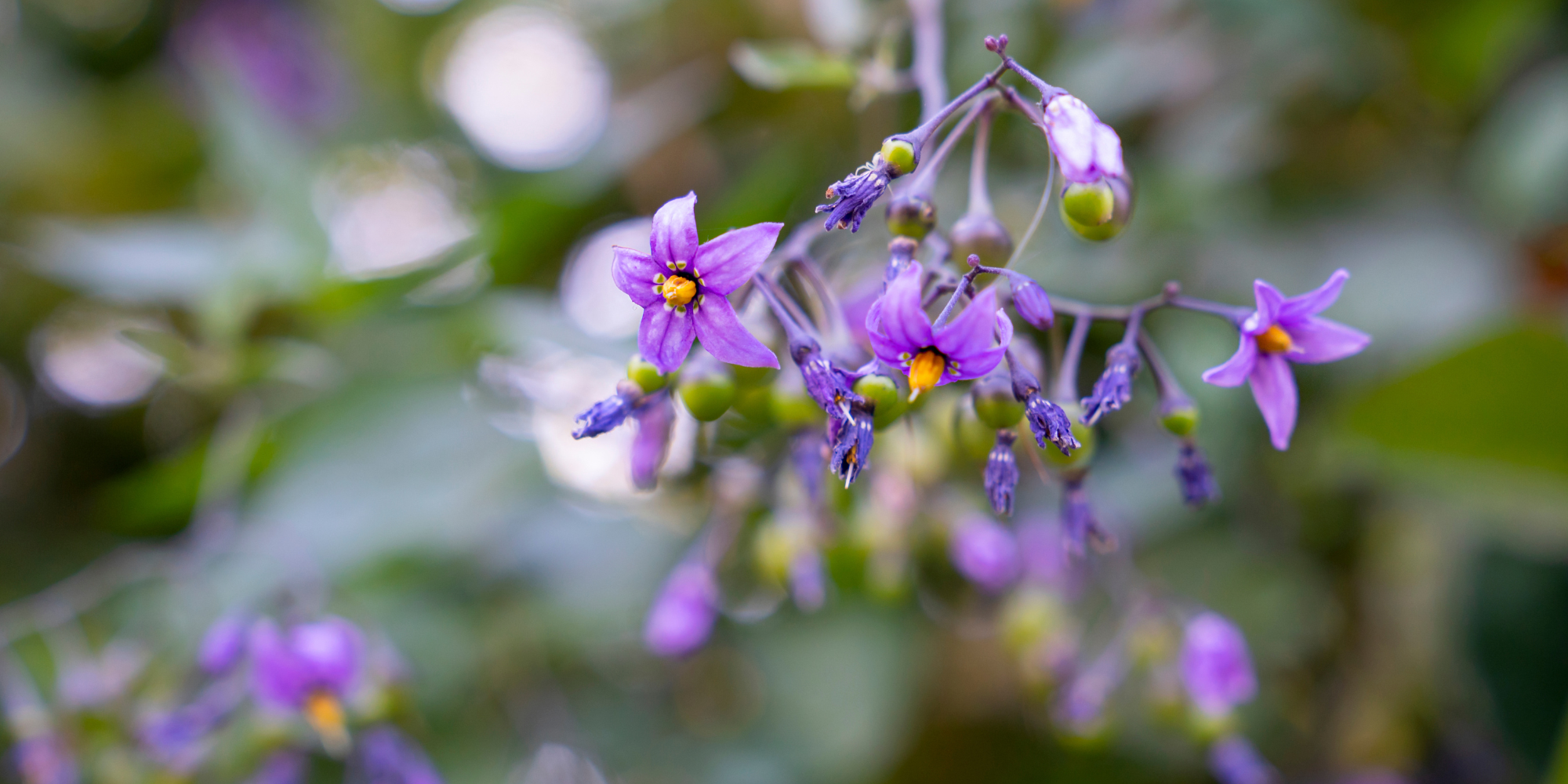
7. Wild parsnip (Pastinaca sativa)
Wild parsnip can grow up to 2 metres in height, with hollow, slightly hairy stems. Its basal leaves are pinnate, meaning they are divided into pairs of leaflets arranged like a feather along a central midrib. The plant produces yellow, upward-facing flowers that are arranged in umbels – a cluster of small flowers on short spreading stems radiating from a single point, resembling an open umbrella. A phytochemical secreted by the plant can react when exposed to sunlight, which results in blisters, other burn-like symptoms and even blindness if the sap gets in the eyes.
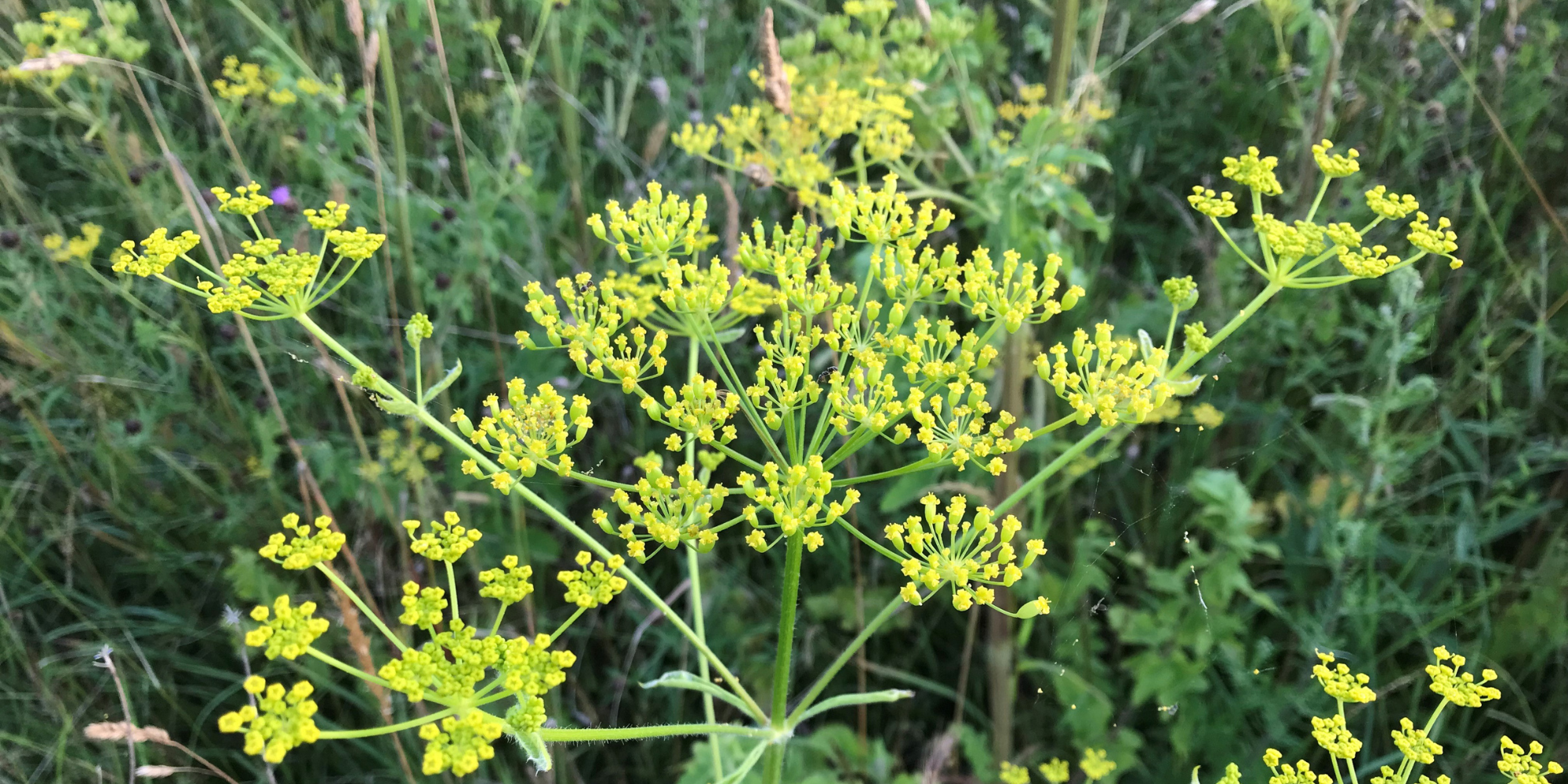
8. Foxglove (Digitalis purpurea)
Foxglove grows up to 1.5 metres in height. The leaves are green, oval-shaped and hairy. The flowers are distinctive tube-shaped, magenta flowers that are arranged around the stem and open from the bottom up, the stem is light green. Foxglove contains toxic cardiac glycosides which can interfere with heart function. Ingesting any part of the plant can lead to symptoms such as nausea, vomiting, diarrhoea, and in severe cases, heart failure.
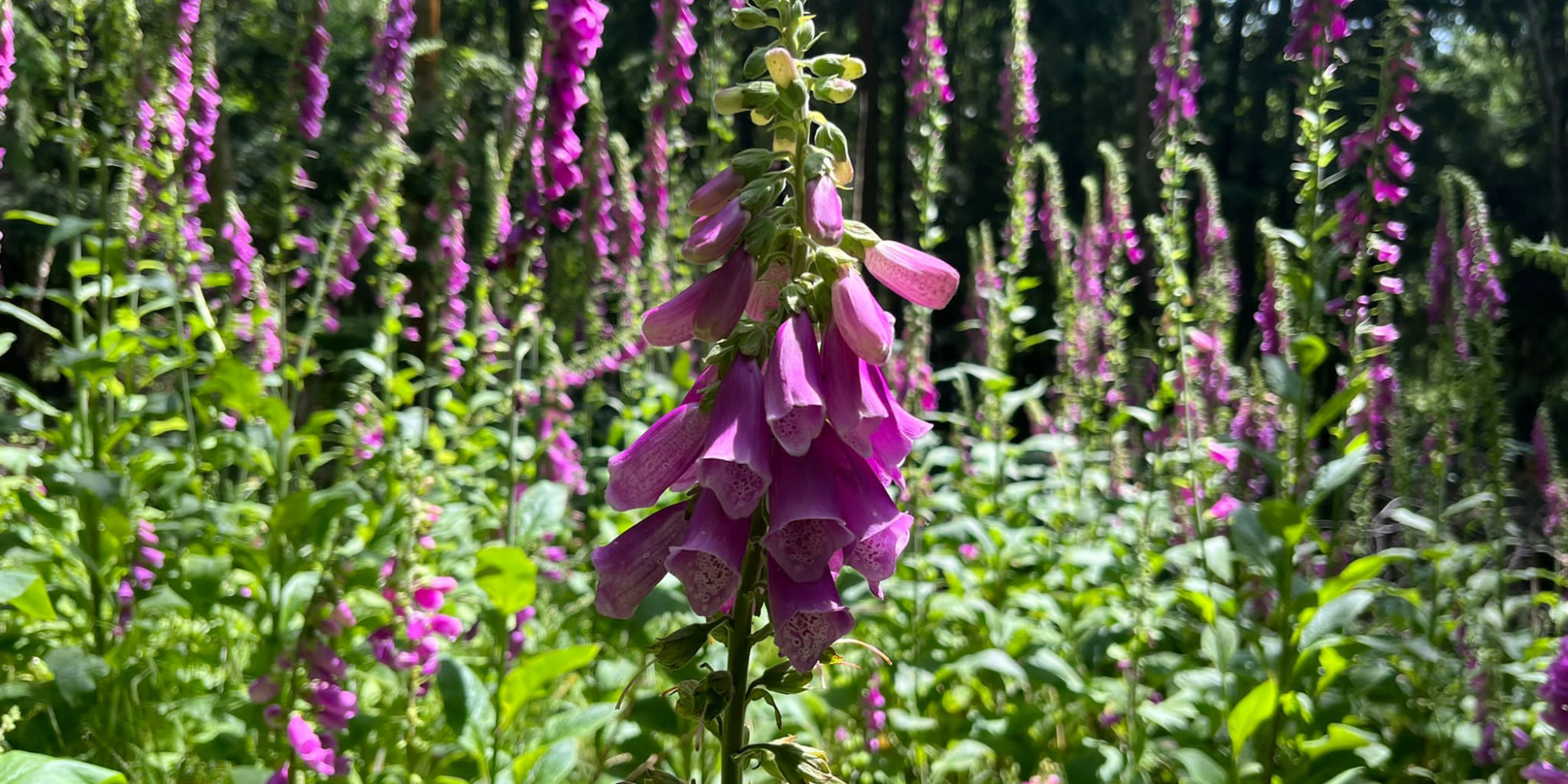
9. Yew fruits (Taxus baccata)
Yew trees can grow up to 20m tall and is one of three native conifer trees in the UK. It grows mainly in the understory in a beech woodland and can be used as a hedging plant. It has evergreen needle-like leaves, peeling reddish-brown bark and unlike other conifers, it grows its seeds in fleshy red coverings known as arils, which can be seen around autumn and winter. Whilst the flesh itself isn’t dangerous, the seed inside contains highly toxic taxine alkaloids which can cause dizziness, nausea, vomiting and potentially fatal heart failure. The needles and bark are also toxic.
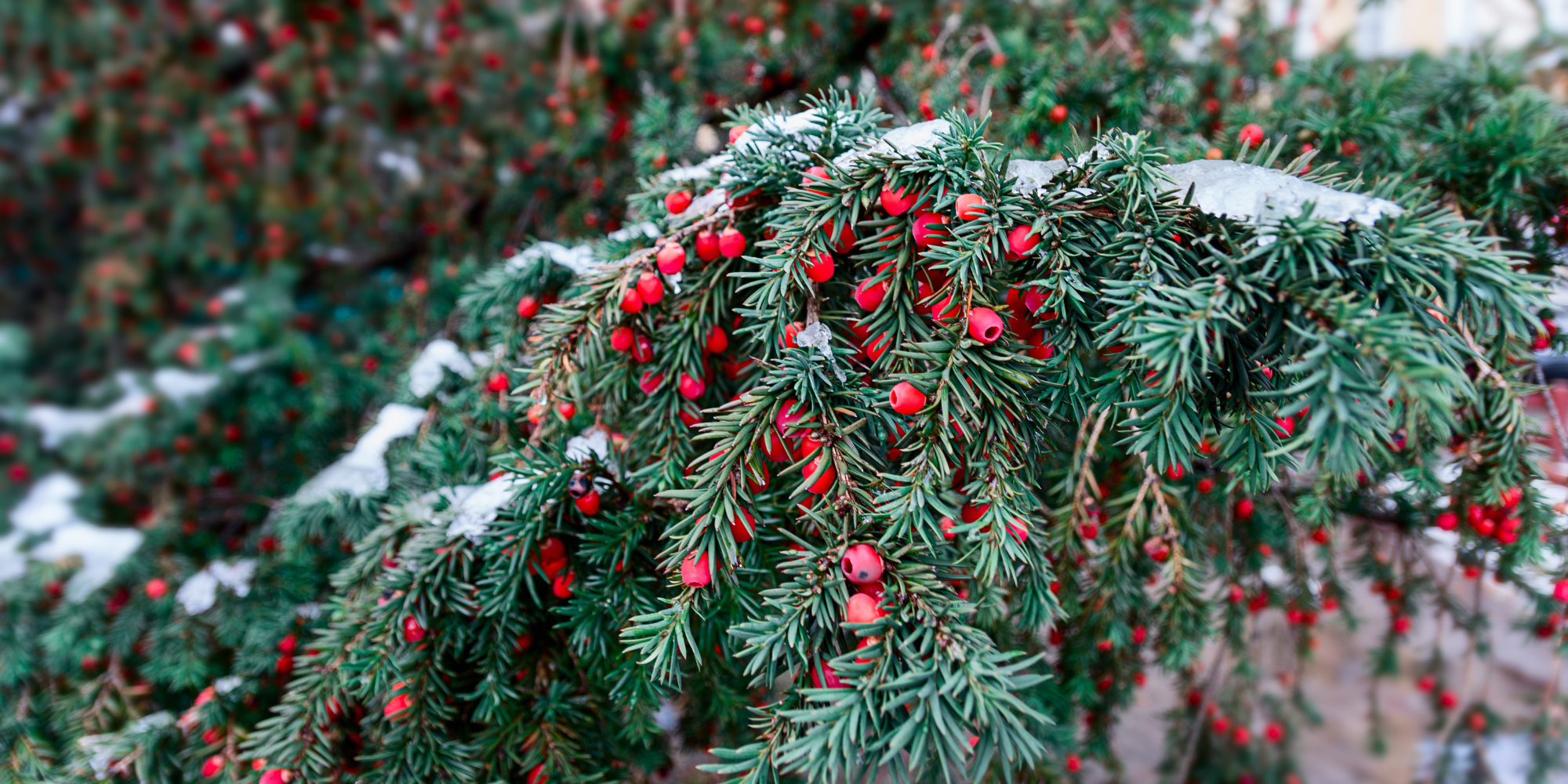
10. Privet berries (Ligustrum vulgare)
Privet is a deciduous, semi-evergreen shrub that grows to around 3-5m in height and can be found along woodland edges and scrubby grasslands and is commonly used for hedging. It has small, oval, glossy green leaves and smooth bark. It has white flowers that ripen to inky blue berries in autumn. Symptoms of privet berry poisoning can be nausea, abdominal pain, vomiting, and diarrhoea.
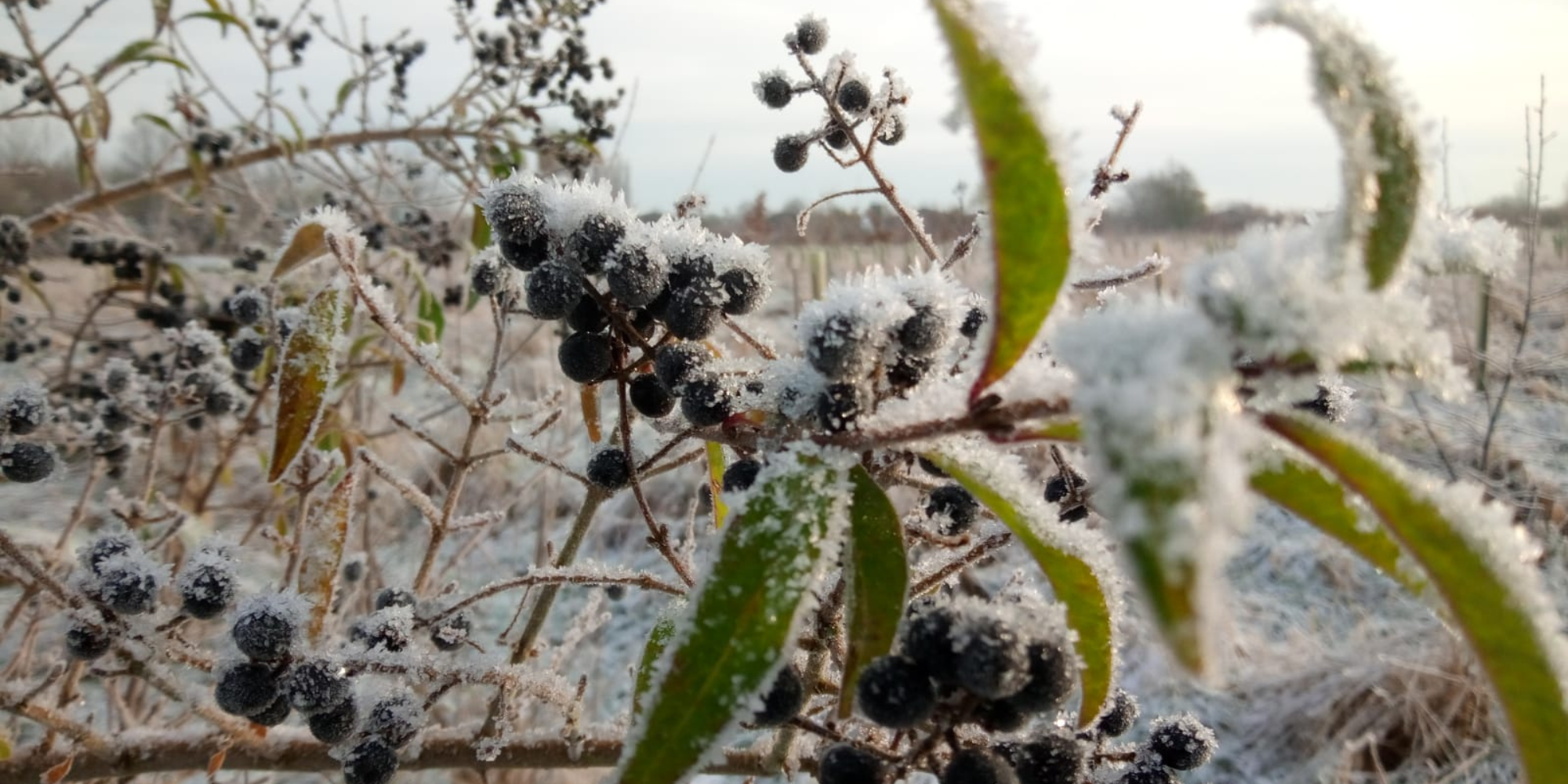
Do not touch any plants, fungi, or other natural elements without proper identification as they may be toxic, trigger allergic reactions, or even be deadly. Always exercise caution and seek professional advice if in doubt.

